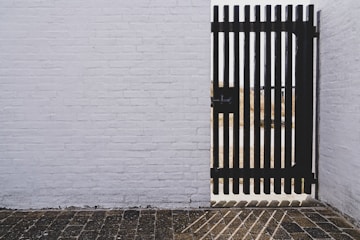I recently spent a few weeks up in the cold in Norway. Flying to Tromsø and driving down over the Vesterålen and the Lofoten islands, I was surprised by the speeding limits they stick to. Seldom was I allowed to drive at more than eighty km’s per hour. More often, it was like sixty or seventy outside towns and thirty or fifty inside towns. More interesting though was that everybody sticked to the speeding limits. My wife and I have been describing Norwegians as careful drivers (or non competent at times) but the fact is that they are not really over speeding. They actually “under speed”. So whenever the max is set at sixty, they will drive fifty five or sixty. Not sixty five, or seventy.
The second thing I noticed was the relaxed attitude among people. There is always time for a chat, nobody worries if you’re a few minutes late as they will just wait for you. Take for example one of the ferry’s we have been on. It was supposed to leave at 14.00 hours. We rushed, as it was 13.52 and we had not found the right dock yet. But when we got there at 13.57, nobody was stressed or in a real hurry. Instead, they patiently greeted us, let us pay for the fare and showed us where to park the car. No stress.
A third point that surprised us was the service level that they maintained all over the country. In the Netherlands, which is a densely populated but very small country where distances are short and roads allow you to get from one end of the country to the other in a few hours, banks and supermarkets in smaller villages are closing due to their lack of profitability. Norway on the other side is a huge country. And people seem to be living everywhere. They apparently do not care whether they are close to a big town (and the facilities connected to it). Instead, they feel perfectly fine somewhere on the countryside, at least 45 minutes driving from the nearest supermarket.
Nienke and I spent some time in Andenes, a small town in the north of Andøya which is famous for its whale safari’s. The village was so quiet and remote that it felt like the end of the world to us. Still, there were three supermarkets (of reasonable size and properly staffed). They also had a bank, two gas stations, an airstrip, a pet-care shop, a few hotels and some other businesses. While I haven’t asked anybody whether their business was profitable, I think the supermarkets are the best example. If I would be supermarket two or three, I would definitely question myself whether this was a feasible business case or not. Rather would I suggest to merge the supermarkets into one bigger that served all, with reduced overhead costs.
The supermarkets in Andenes choose not to. They maintained their service level and Norway is regarded as one of the most wealthy and happy countries in the world. The message of this whole thing? Don’t always just look at the costs, the efficiency and the short-term profitability. Dive in for the long term, try to get to know people and look for the bigger picture. Oh, and don’t overspeed.
(Oh and yes, I shot that photo at the top) 🙂


